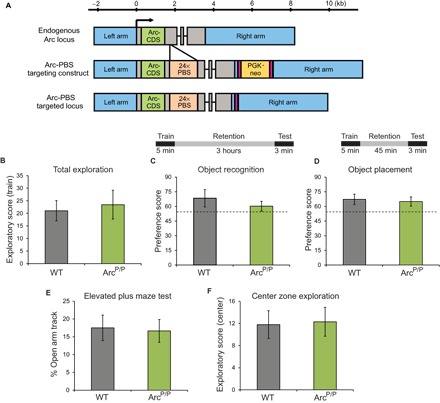Fig. 1. Generation of Arc-PBS knock-in mouse model and behavior characterization.

(A) Schematic of the endogenous Arc locus, Arc-PBS targeting construct, and the final targeted locus. Blue boxes, homology arms for homologous recombination; gray boxes, UTR; green boxes, Arc coding sequence (Arc-CDS); orange boxes, 24× PBS cassette; black lines, introns; pink boxes, FRT sequences; yellow box, PGK-neomycin resistance gene cassette (PGK-neo). PBS cassette was inserted 250 nucleotides downstream of the stop codon of the Arc gene. (B) Exploratory behavior tested by placing animals in an enriched environment and scored during training. (C) Object recognition memory evaluated by training animals for 5 min and then testing after a long retention interval of 3 hours. Scores indicate preference for the novel object. (D) Spatial memory evaluated by training animals for 5 min and then testing after 45 min of retention. Scores indicate preference for the displaced object. Dashed line shows minimum score required to pass. (E and F) Anxiety-like behavior tested on an elevated plus maze test by scoring percentage of track length traversed in the open tracks (E) and time spent in the center zone in an open-field test (F). n = 8 WT and 10 ArcP/P animals.
